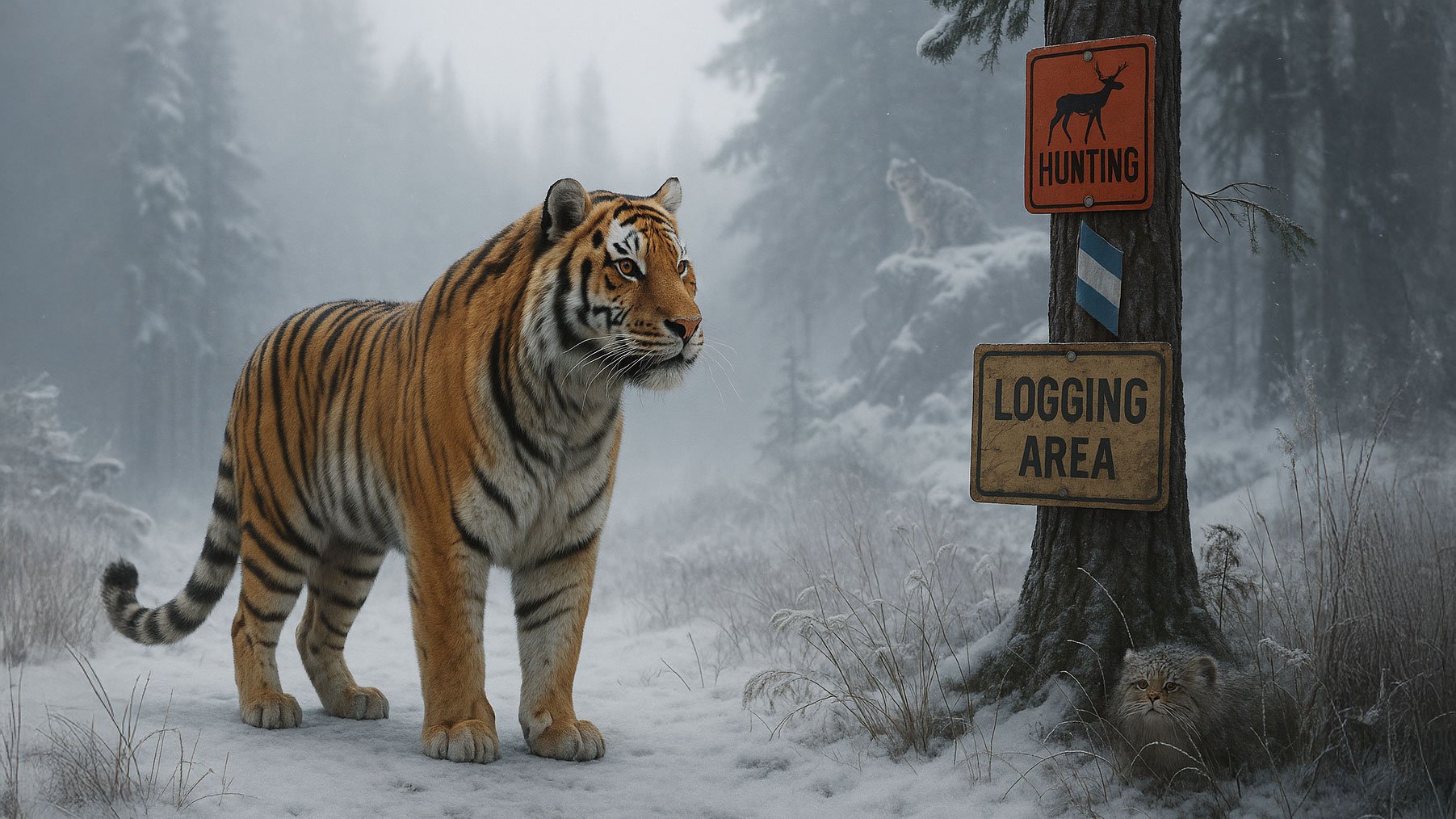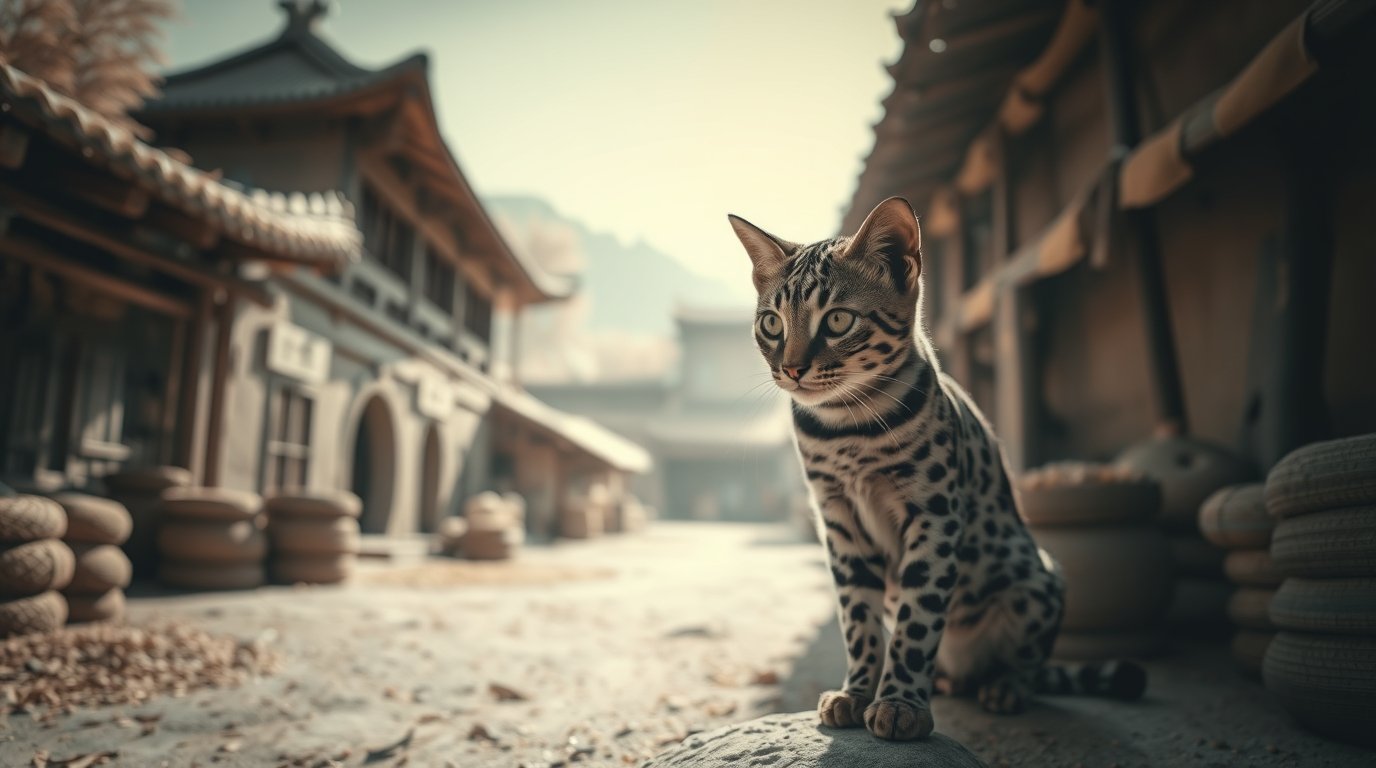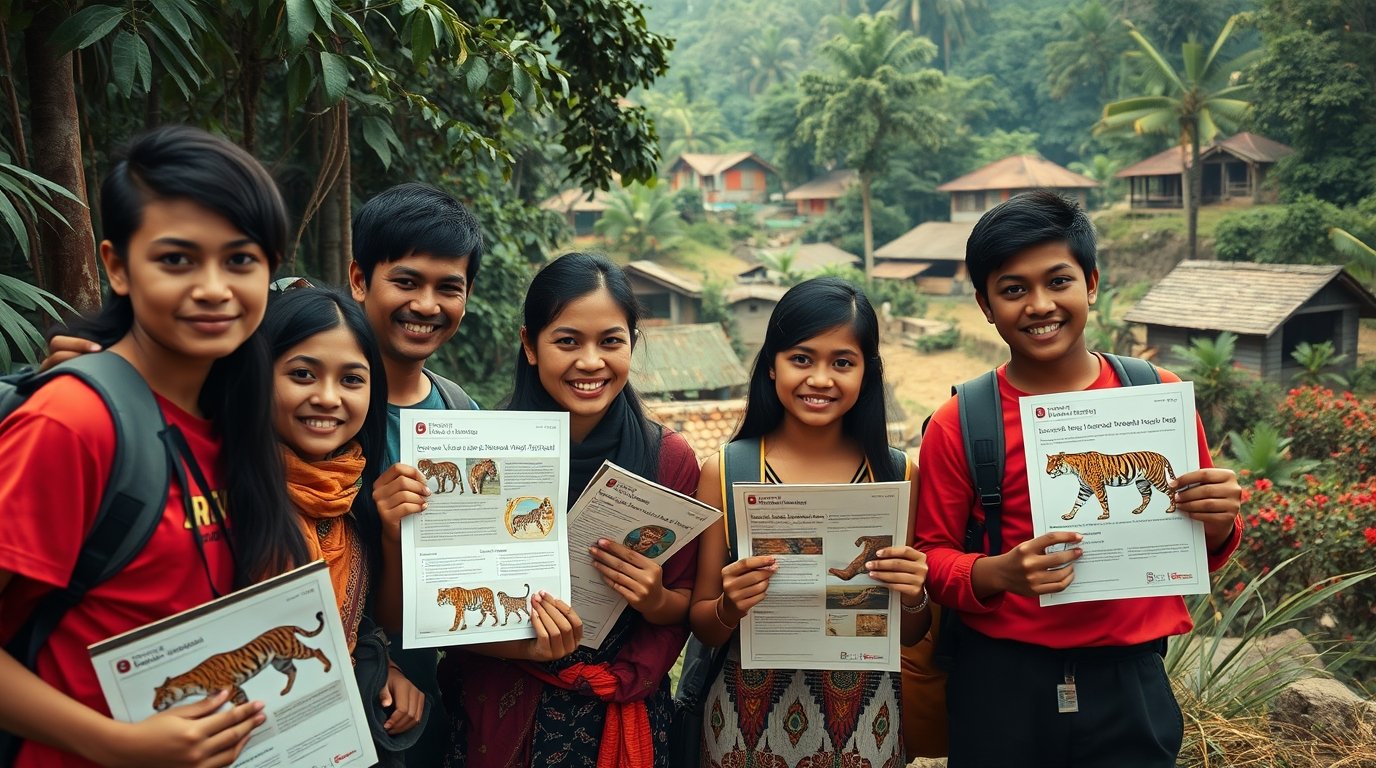Leopard Cat Facts
Leopard Cat
Common Name: Leopard Cat
Kingdom: Animalia
Phylum: Chordata (Vertebrata)
Class: Mammalia
Order: Carnivora
Family: Felidae
Genus: Felinae (Prionailurus) P.b. euptilura Amur Leopard Cat
Species: bengalensis
Misc: This cat has been the subject of long debate as to its taxonomic status. There are numerous subspecies that some feel should be classified as individual species in their own right and other species that are felt should be classified as a subspecies of the Leopard Cat.
Subspecies: P.b. bengalensis - India, southeast Asia, China Thailand
P.b. sumatranus - Sumatra
P.b. javanensis - Java and Bali
P.b. borneoensis - Borneo
P.b. trevelyani - Pakistan Asian Leopard Cat by Anthony Blueman
P.b. euptilura - Manchuria AKA the Amur or Tshushima (thought by some to be a separate species)
P.b. nminuta - The Phillipines
P.b. chinensis - North China
P.b. iromotensis - Iriomote Island - disputed and still recognized as a separate species by some.
Size and Appearance: Weighing in at 6-15 pounds and reaching lengths of 35-38 inches, this is the most common cat of Southern Asia. It is similar in overall size and shape to the domestic cat, but it has longer legs. Its coat has a great deal of variation in its color throughout its range, and tends to be yellowish-brown in the tropics and grayish-brown in the northern part of its range. The coat is dotted with black spots, which sometimes are solid and sometimes rosettes. The tail is banded with dark rings towards its buff colored tip. The ears are dark with central white spots. Sumatra cats are smaller with fewer markings; Java and Bali cats are duller; Borneo cats are brighter and redder; Pakistan cats are grayer; Manchuria cats are much larger than the other subspecies with much thicker fur, grayer in color and less spotting; Philippines cats are the smallest.
Habitat: Woodlands, forests, and scrub at all altitudes (as long as snow isn't deeper than 4 inches.
Distribution: India, southern and eastern Asia including Indonesia and the Philippines. The Tshushima, or Amur lives in the Tshushima Islands.
Reproduction and Offspring: In the northern part of its range, breeding occurs once per year usually in February/March. In the tropics, there is not believed to be any set season and mating takes place year round. Gestation is 65-70 days, after which females produce a litter of 2-4 kittens. At birth, the newborns weigh approximately 2.75 ounces, and will gain about 11 grams per day. Their eyes will normally be open by the 10th day. They reach sexual maturity around 18 months.
In captivity, they have lived up to 15 years, but tend to lose their teeth at 8-10 years.
Social System and Communication: Unknown. Leopard Cat Sounds
Hunting and Diet: Primarily nocturnal, they hunt both on the ground and in the trees. The primary diet consists of rodents, young ungulates, hares, birds, reptiles, insects, eels, fish, and occasionally carrion.
Principal Threats: The primary threats facing the Leopard cat are deforestation, commercial exploitation (in the past numbers as high as 400,000 pelts per year). This was also the first cat recently to be used by man in a hybrid situation in a quest for a new breed of cat. The Leopard Cat crossed with the Domestic Cat has produced a now recognized new breed of domestic - the Bengal Cat. This has removed potential breeding cats from conservation programs and has diminished the gene pool for helping to save the pure Leopard Cat.
Status: CITES: Appendix II (except F.b. bengalensis which is on Appendix I). IUCN: Not listed.
Felid TAG recommendation: Leopard cat (Prionailurus bengalensis). Leopard cats from various geographic origins were commonly imported into this country during the 1960s and early 1970s. The public donated most leopard cats in zoos. With the end of leopard cat harvesting by the fur industry, this species has become more common in nature. This, combined with the small, mixed population in zoos is the reason that this species is not recommended for support in North American. Several species of cats are naturally rare and, although not legally endangered, have never been available for zoos or other holders. Other species are native to remote areas and highly regulated because of endangered status. The following species meet these criteria, and, therefore, are not presently in North American collections. The Felid TAG does not support future acquisition.
How rare is this cat? The International Species Information Service lists 218 Asian Leopard Cats worldwide, with 29 being in the U.S. There are only an 9 Amur Leopard Cats in the U.S. according to ISIS.
Information reprinted With Permission from the IUCN Wild Cats Book.
See Conservation Work Funded By Big Cat Rescue here:
All conservation insitu work: https://bigcatrescue.org/insitu/













